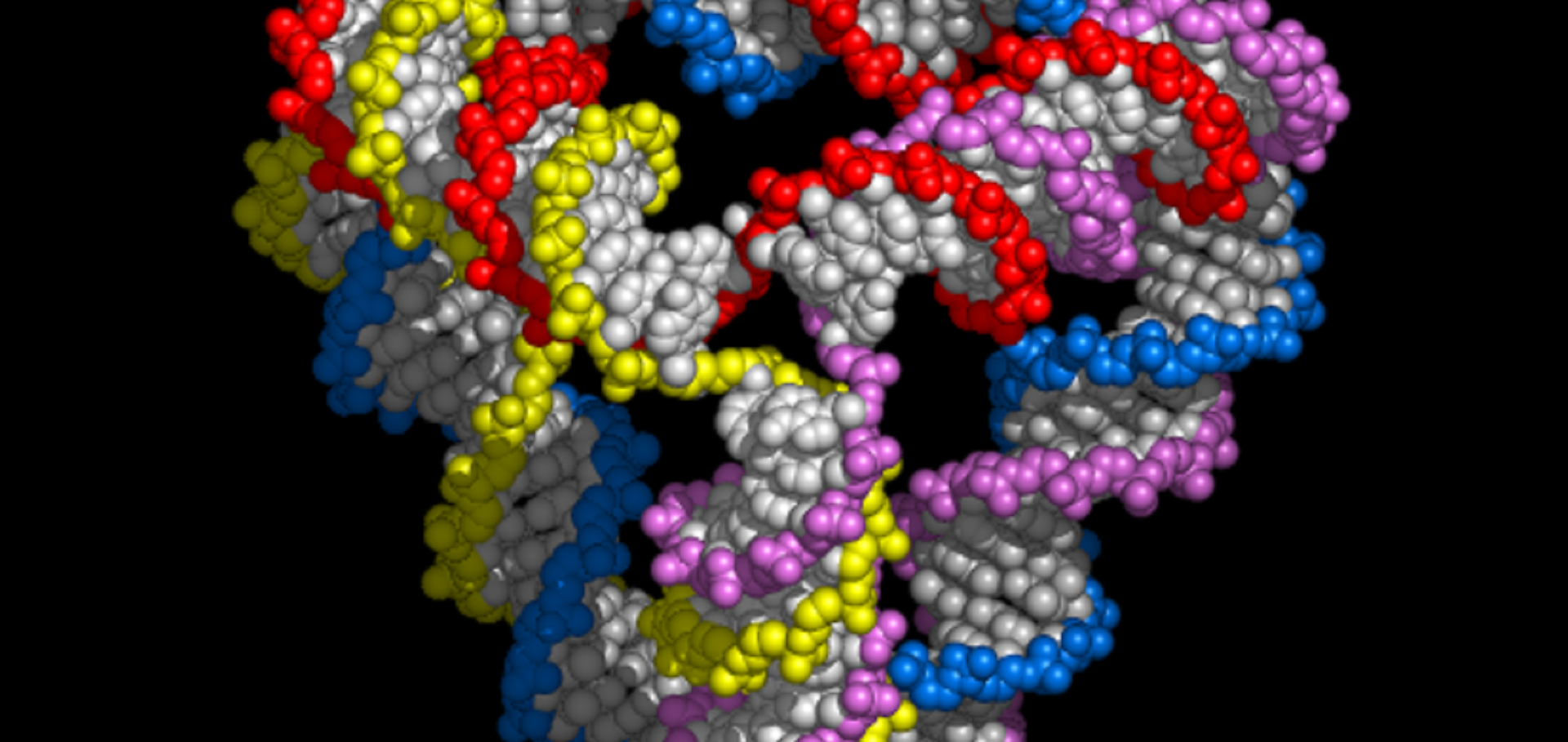Lecture Notes in Computer Science (including subseries Lecture Notes in Artificial Intelligence and Lecture Notes in Bioinformatics): Preface
, 2012
Sequence-specific synthesis of macromolecules using DNA-templated chemistry.
Chem Commun (Camb) 48:45 (2012) 5614-5616
Abstract:
Using a strand exchange mechanism we have prepared, by DNA templated chemistry, two 10-mers with defined and tunable monomer sequences. An optimized reaction protocol achieves 85% coupling yield per step, demonstrating that DNA-templated chemistry is a powerful tool for the synthesis of macromolecules with full sequence control.A DNA network as an information processing system
International Journal of Molecular Sciences 13:4 (2012) 5125-5137
Abstract:
Biomolecular systems that can process information are sought for computational applications, because of their potential for parallelism and miniaturization and because their biocompatibility also makes them suitable for future biomedical applications. DNA has been used to design machines, motors, finite automata, logic gates, reaction networks and logic programs, amongst many other structures and dynamic behaviours. Here we design and program a synthetic DNA network to implement computational paradigms abstracted from cellular regulatory networks. These show information processing properties that are desirable in artificial, engineered molecular systems, including robustness of the output in relation to different sources of variation. We show the results of numerical simulations of the dynamic behaviour of the network and preliminary experimental analysis of its main components. © 2012 by the authors.Programmable one-pot multistep organic synthesis using DNA junctions.
J Am Chem Soc 134:3 (2012) 1446-1449
Abstract:
A system for multistep DNA-templated synthesis is controlled by the sequential formation of DNA junctions. Reactants are attached to DNA adapters which are brought together by hybridization to DNA template strands. This process can be repeated to allow sequence-controlled oligomer synthesis while maintaining a constant reaction environment, independent of oligomer length, at each reaction step. Synthesis can take place in a single pot containing all required reactive monomers. Different oligomers can be synthesized in parallel in the same vessel, and the products of parallel synthesis can be ligated, reducing the number of reaction steps required to produce an oligomer of a given length.A DNA-based molecular motor that can navigate a network of tracks.
Nat Nanotechnol 7:3 (2012) 169-173


